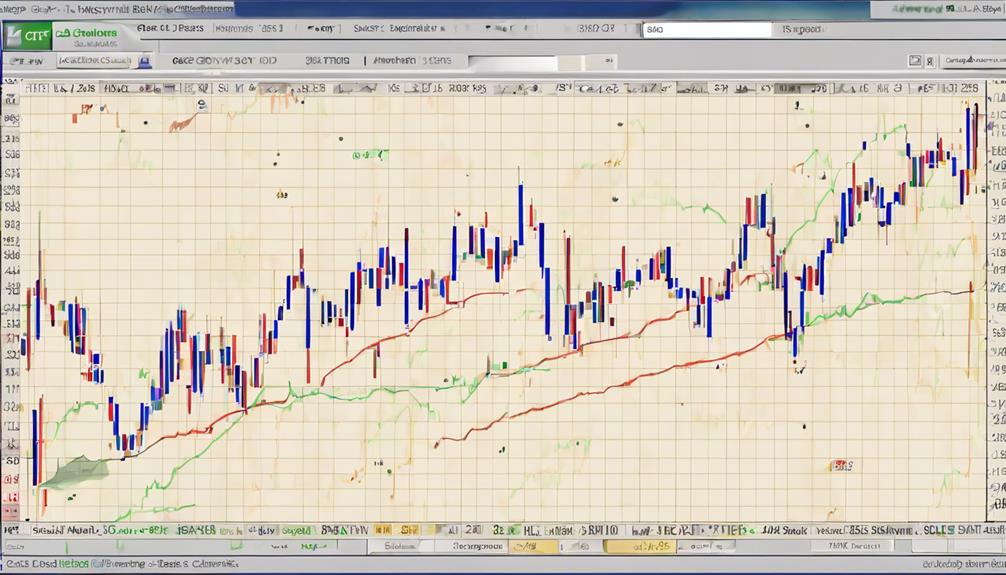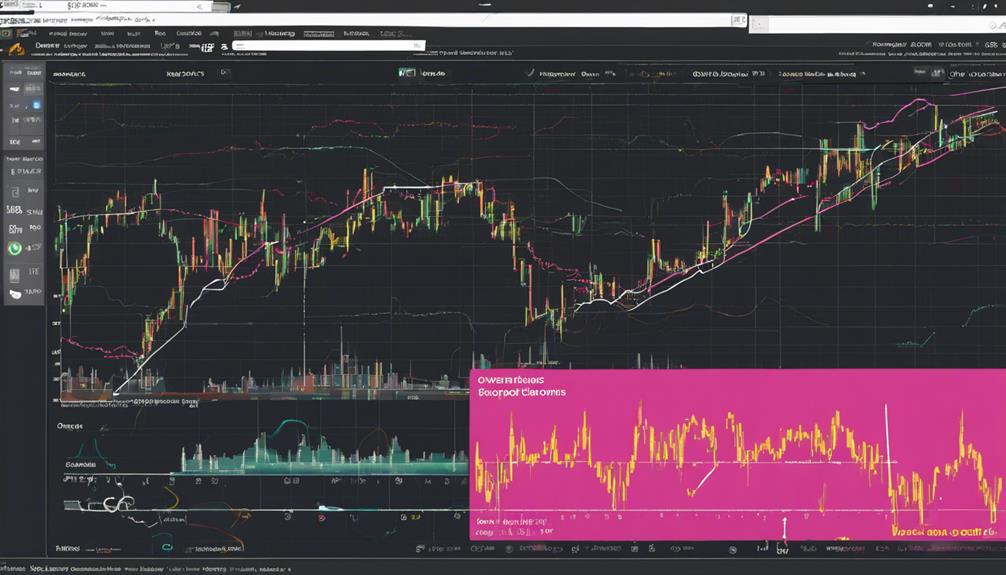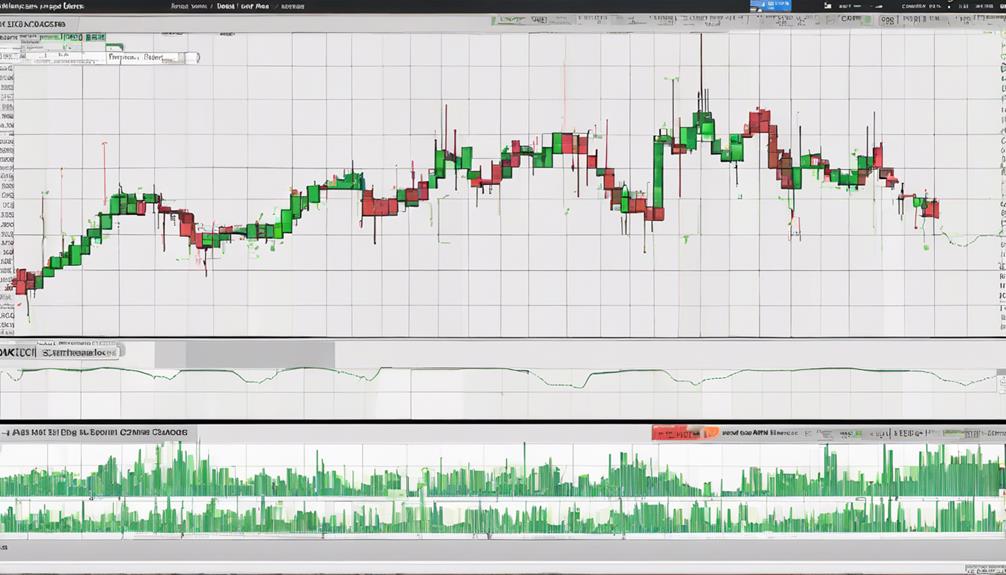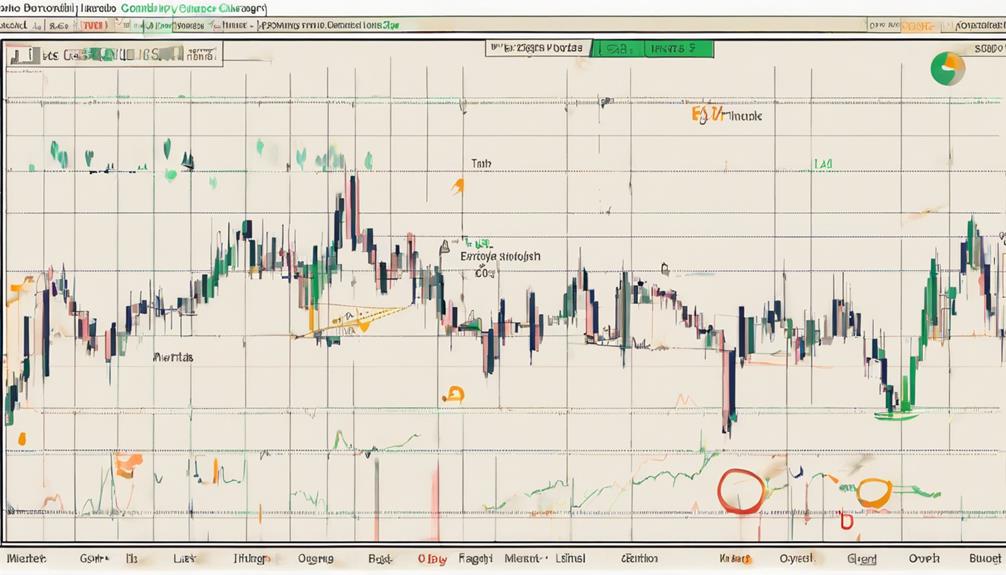Exploring practical strategies to navigate the Commodity Channel Index involves a structured approach to master its intricacies.
As traders delve into the realm of CCI, understanding its nuances and intricacies becomes paramount for informed decision-making.
By grasping the fundamental steps and techniques to effectively utilize CCI, traders can significantly enhance their analytical skills and trading proficiency.
Initiating this journey towards mastering the Commodity Channel Index requires a blend of theoretical knowledge and practical application, setting the foundation for successful trading endeavors.
Understanding the CCI Calculation
Understanding the CCI Calculation is pivotal for traders seeking to harness the potential of the Commodity Channel Index (CCI) in their technical analysis endeavors. The CCI is a popular momentum-based oscillator used to identify potential price reversals, overbought, and oversold conditions in commodity markets.
To calculate the CCI, traders first determine the Typical Price by averaging the high, low, and closing prices of an asset over a specified period. Subsequently, the Simple Moving Average (SMA) of the Typical Price is computed over a chosen number of periods. The Mean Deviation, which measures the average deviation of the Typical Price from the SMA over the selected period, is then determined.
Applying CCI for Trend Analysis

Incorporating the Commodity Channel Index (CCI) into trend analysis strategies provides traders with valuable insights into potential trend reversals and market divergences. Traders can leverage CCI to identify overbought and oversold conditions, as it oscillates between +100 and -100.
Additionally, zero line crossovers and divergences on the CCI can signal impending new trends, offering early entry and exit points for traders. By drawing trendlines on the CCI chart and correlating them with trendline breaks on the price chart, traders can effectively utilize CCI as a trend indicator.
Moreover, combining CCI with price action patterns enhances the accuracy of trend analysis signals, enabling traders to make informed decisions based on a comprehensive analysis of market dynamics.
Spotting Overbought and Oversold Conditions

Traders can effectively utilize the Commodity Channel Index (CCI) to identify overbought and oversold conditions by observing its positioning above +100 for overbought and below -100 for oversold indications. Extreme CCI levels, such as above 200 or below -200, are particularly significant as they signal substantial price divergences from the norm. To confirm overbought or oversold conditions, traders often look for the duration in which the CCI remains in these extreme territories.
Additionally, seeking confirmation from other indicators can enhance the reliability of the overbought/oversold signals provided by the CCI. It is essential to note that the CCI is more adept at spotting overbought and oversold conditions in trending markets compared to rangebound markets.
Utilizing CCI for Divergence Signals

Having established the significance of spotting overbought and oversold conditions using the Commodity Channel Index (CCI), delving into utilizing CCI for Divergence Signals unveils another layer of strategic insight for traders. When looking at divergence signals in CCI, traders can identify potential shifts in price momentum. Here are some key points to consider:
- Bullish Divergence: This occurs when there are lower price lows but higher CCI lows, indicating a possible upward price movement.
- Confirm Signals: To strengthen buy signals, observe CCI turning upwards above the zero line alongside bullish divergence.
- Bearish Divergence: In contrast, bearish divergence involves higher price highs and lower CCI highs, suggesting a potential downward price movement.
- Enhanced Trading Decisions: Combining divergence signals in CCI with other indicators can lead to more potent signals and help traders make better-informed trading decisions.
Enhancing CCI Reliability and Effectiveness

Enhancing the reliability and effectiveness of the Commodity Channel Index (CCI) involves strategic adjustments to its parameters and integration with complementary technical indicators. Adjusting the CCI period parameter can impact the sensitivity of the indicator, influencing signal accuracy.
Combining CCI with other indicators, such as moving averages or trendlines, can validate trading signals and improve decision-making. Utilizing multiple timeframes when analyzing CCI can offer a more comprehensive understanding of market trends, enhancing the overall trading strategy.
Backtesting CCI strategies with historical data is crucial to validate performance, optimize settings, and ensure the effectiveness of the chosen approach. Implementing proper risk management techniques alongside CCI trading is essential for controlling potential losses and safeguarding capital.
How Can I Apply Practical Steps to Navigate the Commodity Channel Index as Explained in Your Comprehensive Guide?
Learning about the commodity channel index explained in your comprehensive guide can help traders navigate the market with practical steps. By understanding this powerful tool, investors can make informed decisions and identify potential trends for commodity trading. With your guidance, applying these strategies can lead to greater success in the market.
Frequently Asked Questions
How Do You Use the Commodity Channel Index?
The Commodity Channel Index (CCI) is utilized by traders to identify overbought and oversold conditions in trading. Traders often observe breakout points above or below +100 and -100 on the CCI to make informed trading decisions based on momentum signals.
What Is the CCI Channel Strategy?
The CCI channel strategy involves utilizing the Commodity Channel Index to identify potential trading opportunities by assessing overbought and oversold conditions. Traders can define entry and exit points by setting specific CCI levels as thresholds, enhancing decision-making processes and risk management techniques.
What Is the Best Time Frame for a CCI Indicator?
The optimal time frame for a CCI indicator depends on the trading approach. For intraday trading, consider 14-21 periods; 20 periods work well for swing trading. Longer time frames like 30 periods suit trend capture, while 5-10 periods are useful for scalping strategies.
What Is the Best Setting for the CCI Indicator?
The optimal setting for the CCI indicator is subjective and depends on a trader's preferences. Experimenting with different periods like 14 or 30 can provide smoother or more sensitive signals. Customizing this setting allows for alignment with individual trading strategies.
Conclusion
In the intricate world of trading, navigating the Commodity Channel Index requires a keen understanding of its calculations and applications. Like a skilled sailor navigating through turbulent waters, mastering the CCI allows traders to spot trends, identify potential reversals, and enhance their overall analysis.
By honing their skills and utilizing risk management strategies, traders can refine their approach and sail towards success in the dynamic sea of financial markets.
